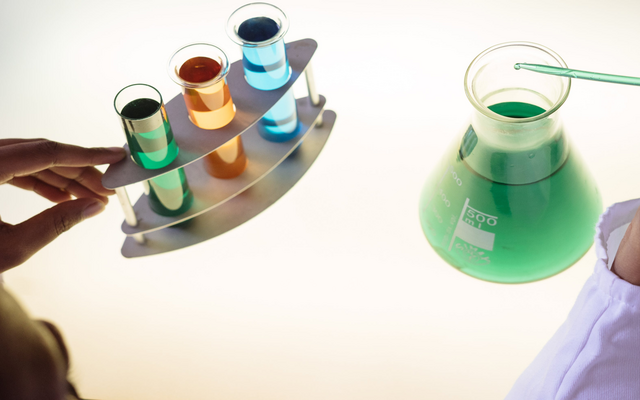Therapeutic use of cannabis is a growing industry increasingly accepted by the medical community and general public — but that growth may be stopped if biopharma companies lack reliable methods to extract and purify potentially-useful compounds from the plant. Chromatography could bridge the current gap hindering the progress.
Low-key maintenance – high-yield results
The industry’s progress depends on the efficient purification of specific compounds from cannabis, like cannabinoids and terpenes. These compounds have generally been isolated mechanically or chemically using ethanol or hydrocarbons to aid in extraction. Now, scientists and pharmaceutical companies are increasingly focusing on chromatography, a laboratory technique for isolating components from mixtures.
Supercritical carbon dioxide (CO2) chromatography (SFC) works well for isolating cannabinoids, as it ensures efficient separation and potentially high loads and operating volumes. Moreover, it requires low-key maintenance, has various applications for different compounds, and excels at longevity. These properties are the main reasons behind its extensive use at Sanobiotec as well, as it is indispensable for obtaining the highest quality products. We use supercritical fluid chromatography to separate not only natural cannabinoids but also synthetic or semi-synthetic cannabinoids from reaction mixtures.
Achieving purity at scale
Hemp distillate yields natural fractions of CBD, THC, and minor cannabinoids, which can be further refined to produce CBD isolate or natural, THC-free distillate. Also, the higher THC-containing fraction is suitable for use in chemical synthesis reactions. This way, the obtained chromatographic fractions are used productively and qualitatively, and solvents are easily recovered and used in subsequent chromatographic processes.
Furthermore, reaction mixtures of synthetic or semi-synthetic cannabinoids obtained during chemical synthesis are rich in compounds that must be removed to obtain high-quality products. Chromatography enables us to obtain high-quality cannabinoids of purity reaching >98 % or even >99 %, therefore it is important to fully develop the chromatography method, as only then we can achieve high operating volumes.
Vast future prospects
Thanks to detailed SFC parameter control, different separation methods have been developed for each purified cannabinoid, thus achieving the best qualitative and quantitative separation efficiency of the compound. With the continued rapid development of experiments on the chemical synthesis of other cannabinoids, chromatography will become an indispensable part of our purification process helping to create products of the highest quality.
Extracting high-purity cannabinoids at scale could greatly accelerate research and application of cannabis-based products. Moreover, further commercialization could act as a springboard to developing novel, high-quality, and scalable solutions, consequently opening new prospects for the entire market.






